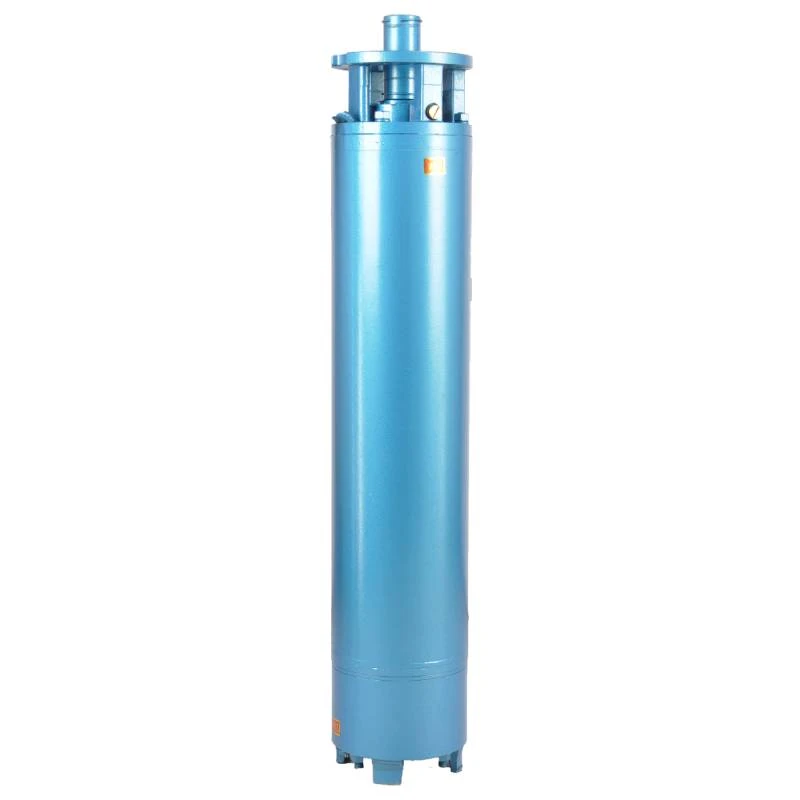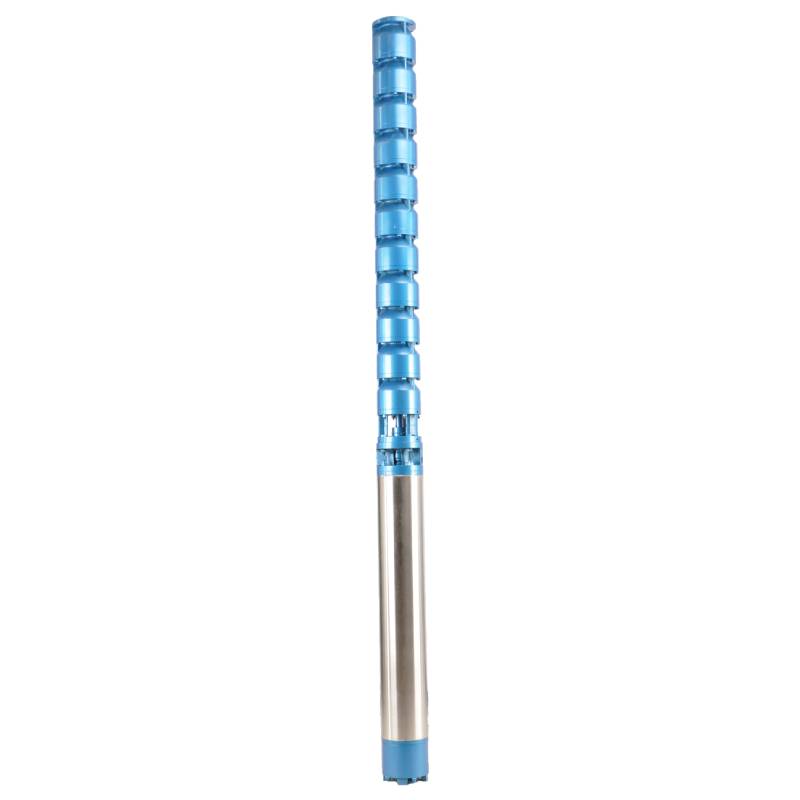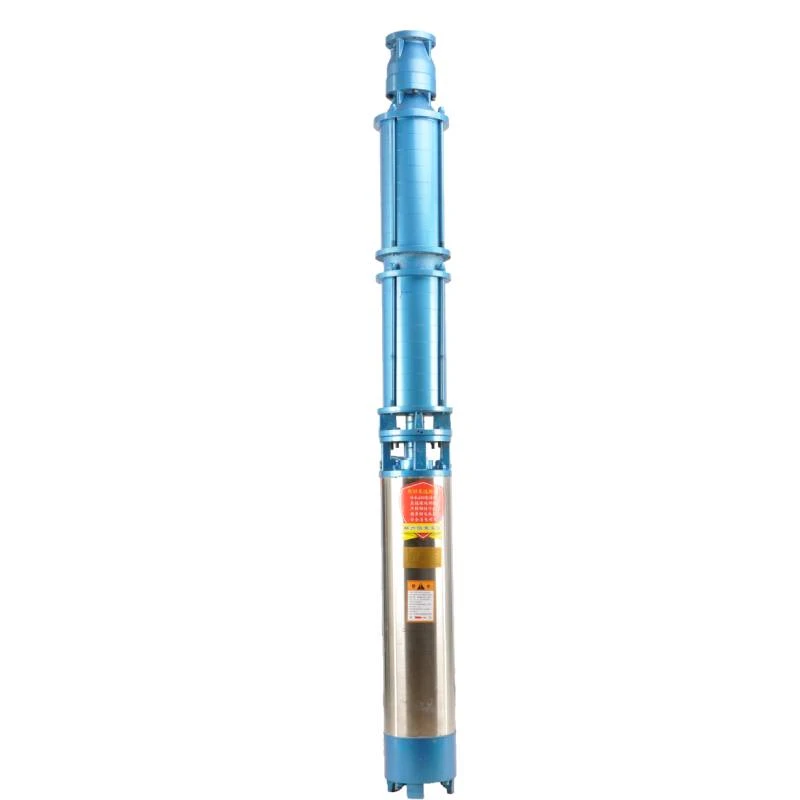ធ្នូ . 26, 2024 19:40 Back to list
Exploring the Benefits of Submersible Fuel Pumps in Modern Fuel Delivery Systems
Understanding Submersible Fuel Pumps An Essential Component in Modern Fuel Systems
Submersible fuel pumps are critical components in modern fuel systems, particularly in applications involving the storage and dispensing of gasoline, diesel, and other types of fuel. These pumps are designed to be submerged beneath the fuel they are pumping, which not only enhances their efficiency but also plays a vital role in preventing cavitation and reducing the risk of fire or explosion. This article will delve into the functionality, applications, and advantages of submersible fuel pumps.
How Submersible Fuel Pumps Work
At the heart of a submersible fuel pump is an electric motor that is hermetically sealed to prevent any fuel from getting into the motor housing. This motor drives a centrifugal pump—typically located at the bottom of the unit—which pushes fuel to the surface. The design allows the pump to operate underwater, facilitating a more efficient transfer of fuel with reduced energy loss from friction and turbulence that would occur if a conventional pump were outside the fluid.
The pump operates by creating a low-pressure zone at the intake, drawing fuel from the tank. The centrifugal force generated by the impellers then moves the fuel through the discharge pipe to the surface. As a result, submersible pumps can deliver fuel at higher flow rates than many surface pumps, making them particularly effective for applications demanding high volumes of fuel quickly.
Applications of Submersible Fuel Pumps
Submersible fuel pumps are used in a wide variety of applications, including
1. Fuel Tanks Most commonly found in underground storage tanks (USTs) at gas stations, these pumps facilitate the efficient dispensing of fuel to vehicles. 2. Emergency Power Generators Many generators use submersible pumps to draw fuel stored in tanks, ensuring they have a constant supply of fuel when needed.
submersible fuel pump

4. Construction Sites In remote locations where power sources are limited, submersible pumps can be essential for providing fuel for heavy machinery and equipment.
Advantages of Submersible Fuel Pumps
The use of submersible fuel pumps comes with a multitude of advantages
- Efficiency The submerged design minimizes energy loss, allowing for faster and more effective fueling operations. - Reduced Noise Since the pump is submerged, operational noise is significantly reduced, making them suitable for installations near residential areas. - Safety Better heat dissipation and fewer moving parts outside the fuel environment make these pumps safer than traditional surface pumps, lowering the risk of fire hazards. - Longevity and Maintenance Submersible fuel pumps are designed for durability. They require less maintenance than surface pumps, and being housed underwater protects them from dust and other environmental contaminants. - Versatility These pumps can handle various types of fuel, making them adaptable for different industrial and commercial applications.
Considerations for Selecting a Submersible Fuel Pump
When selecting a submersible fuel pump, several factors should be considered to ensure optimal performance. These include the pump's flow rate, compatibility with the type of fuel being pumped, materials used in construction to prevent corrosion, and the depth of the storage tank. Additionally, ensure that the pump meets any relevant environmental and safety regulations.
Conclusion
Submersible fuel pumps are indispensable in modern fuel dispensing systems, offering various advantages that improve efficiency, safety, and convenience. By understanding how these pumps operate and their numerous applications, users can optimize fuel management and enhance operational effectiveness across various industries. As technology continues to evolve, we can expect to see further innovations in submersible pump design, leading to even more efficient and safer fuel management solutions.
-
Deep Well Pump Installation Guide: Reliable Submersible Pumps
NewsAug.29,2025
-
125QJR Deep Well Submersible Pump - High Performance & Reliable Water Supply
NewsAug.28,2025
-
Water Filled Submersible Pump
NewsAug.26,2025
-
The Ultimate Solution for Clean
NewsAug.26,2025
-
SS Submersible Pump
NewsAug.26,2025
-
Reliable Water Extraction from Great Depths
NewsAug.26,2025
-
 Deep Well Pump Installation Guide: Reliable Submersible PumpsGet expert deep well pump installation for reliable, consistent water. Our durable submersible well water pumps are ideal for homes & farms. View our installation diagram & solutions.Detail
Deep Well Pump Installation Guide: Reliable Submersible PumpsGet expert deep well pump installation for reliable, consistent water. Our durable submersible well water pumps are ideal for homes & farms. View our installation diagram & solutions.Detail -
 125QJR Deep Well Submersible Pump - High Performance & Reliable Water SupplyGet reliable, high-performance water with the 125QJR Deep Well Submersible Pump. Ideal for irrigation, agriculture, and industrial deep well applications. Experience efficient, continuous water supply. Shop now!Detail
125QJR Deep Well Submersible Pump - High Performance & Reliable Water SupplyGet reliable, high-performance water with the 125QJR Deep Well Submersible Pump. Ideal for irrigation, agriculture, and industrial deep well applications. Experience efficient, continuous water supply. Shop now!Detail -
 Water Filled Submersible PumpA water filled submersible pump is engineered for optimal cooling, eco-friendliness, and high efficiency, especially in applications involving clean or slightly sandy water.Detail
Water Filled Submersible PumpA water filled submersible pump is engineered for optimal cooling, eco-friendliness, and high efficiency, especially in applications involving clean or slightly sandy water.Detail
